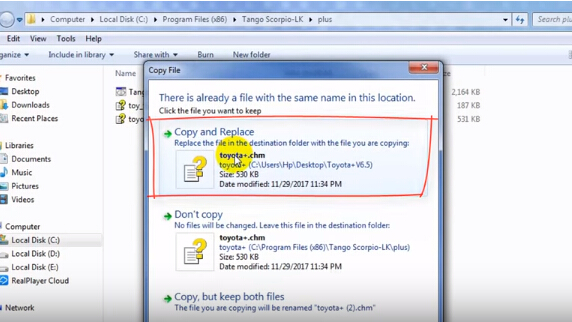
Not all design work is done in Altium Designer. If you are new to Altium Designer, you will undoubtedly have numerous designs existent in some other format – either from an older Altium design solution or some other EDA vendor tool altogether. Even if you are an existing user of Altium Designer day-in, day-out, there may be times where you are presented with a design arising from outside of Altium Designer. Supporting your need to work with design files in other formats and from other tools, install this plugin to import a Tango® PCB ASCII file ( *.pcb) into an open and active PCB document. Import is performed using the File»Import command. See Also: • Important!
This plugin is only available for Altium Designer 13.0 or older versions. Altium Designer 14.0+ Users: You can install this plugin in the Extensions & Updates section in Altium Designer.
Contents • • • • • • • History [ ] In 1985, launched the -based PCB design tool known as (which later emerged into and ). Originally it was sold only in. Protel PCB was marketed internationally by since 1986. In October 1986 the San Diego-based acquired marketing and support responsibilities of the PCB program for the USA, Canada and Mexico under the name. In 1987, Protel launched the circuit diagram editor for DOS. In 1991, Protel released Advanced Schematic and Advanced PCB 1.0 for (1991-1993), followed by Advanced Schematic/PCB 2.x (1993-1995) and 3.x (1995-1998). In 1998, Protel 98 consolidated all components, including Advanced Schematic and Advanced PCB, into a single environment.
Protel 99 in 1999 introduced the first integrated 3D visualization of the PCB assembly. It was followed by Protel 99 SE in 2000.
Protel DXP was issued in 2003, Protel 2004 in 2004, Altium Designer 6.0 in 2005. Altium Designer version 6.8 from 2007 was the first to offer 3D visualization and clearance checking of PCBs directly within the PCB editor.
In April 2011, Altium moved from Australia to Shanghai in China. Features [ ] Altium Designer's suite encompasses four main functional areas:, 3D, (FPGA) development and release/data management. Noteworthy features referred to in the reviews include: • Integration with several allows search for components and access to manufacturer's data • Interactive editing of the board and export to • Cloud publishing of design and manufacturing data • Simulation and debugging of the FPGA can be achieved using the language and checking that for a given a set of input signals the expected output signals would be generated. FPGA software development tools (compiler, debugger, profiler) are available for selected embedded processors within an FPGA. Reception and criticisms [ ] Altium Designer is generally found to be more costly than other PCB design software but is noted for its ability to achieve fast results for complex circuits. See also [ ] • • References [ ]. Retrieved 2017-12-06.
The Most Important Criteria for PCB Design Software. For me, as well as. I feel the same with one difference, i.e., my preference would be Tango. Altium is not.
• ^ TangoPCB. Tango-PCB 3.12. 1987-12-01 [1986]. It was originally written in 1985 by Nick Martin, of Australia, and sold under the name of PROTEL-PCB. In 1986, ACCEL Technologies, Inc., of San Diego, California, acquired marketing and support responsibilities for the product in the U.S., Canada and Mexico.
Beach boys greatest hits zip 10. [] The reference manual was re-written for the American market. ACCEL markets the product under the name Tango-PCB. • Francoise, Anne (2011-04-06).. Retrieved 2017-12-18. Retrieved 2017-12-21. • Moretto, Gabe (2007-11-26).
• Holland, Colin (2010-05-25).. Retrieved 2010-12-21.
Retrieved 2010-09-08. Retrieved 2010-09-08. Retrieved 2010-09-06. FPGA Journal. Archived from on 2010-12-27. Retrieved 2010-12-21.
Retrieved 2010-09-06. Archived from on 2010-08-13. Retrieved 2010-09-06. • Kansagara, Ravi (2018-01-10). From the original on 2018-11-16.
Retrieved 2018-11-16. Sources [ ] •.
Retrieved 2010-09-06. Retrieved 2010-09-06. External links [ ] • •.